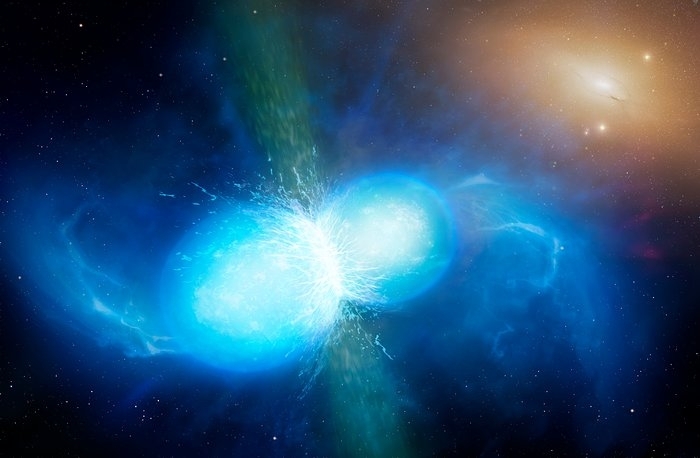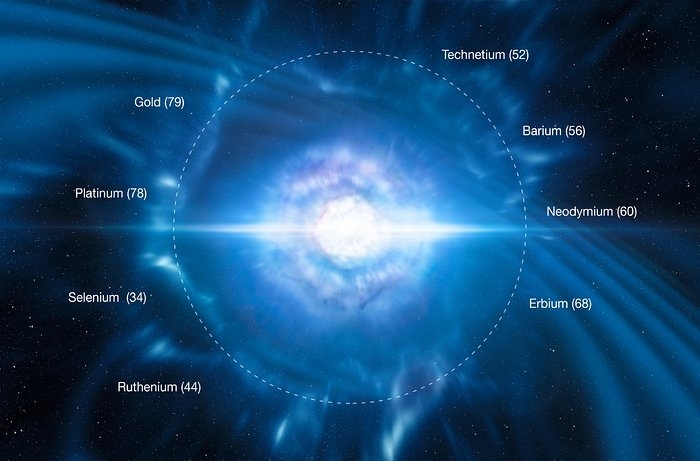Kilonova neutron star: A black hole was likely created by one of 2017's biggest astronomical event
The remnant of the first neutron star merger detected by LIGO in August, is likely a black hole.
Over a 100 years after Albert Einstein predicted the existence of gravitational waves, scientists from the Laser Interferometer Gravitational-Wave Observatory (LIGO) were successfully able to detect the very first gravitational wave in 2015.
Earlier this year, in a major breakthrough, LIGO detected light emitting from gravitational waves, believed to be caused by a neutron star merger. Since detecting the supernova merger in August, scientists across the world studied the space, eventually determining the exact location where the neutron star merger occurred.
Although many studies have focused on exploring the by-products of the astronomical event, researchers from Trinity University, the University of Texas at Austin and Eureka Scientific chose to look at the remnant of the supernova merger, which they believe may be a black hole.
For the new study, titled "GW170817 Most Likely Made a Black Hole", scientists analysed the aftermath resultant of the neutron star merger by using data obtained from the Chandra X-ray Observatory. The data used by the researchers were obtained some 108 days after the astronomical event and revealed that a light-curve increase in the X-ray band. This result was also compatible to the increased radio flux observed by a previous study, which was also conducted by the same research team, Universe Today reported.
According to the researchers, the results can either be explained as the result of an even more enormous neutron star or a black hole being formed from the kilonova merger.
"The merger of two neutron stars with mass 1.48 ± 0.12 M and 1.26 ± 0.1 M — where the merged object has a mass of 2.74 +0.04-0.01 M... could result in either a neutron star or a black hole. There might also be a debris disk that gets accreted onto the central object over a period of time, and which could be source of keV X-rays," scientists wrote in the research paper, which has been published online.
Scientists also said that the remnant of the neutron star merger was more likely to be a black hole rather than another massive neutron star. The researchers concluded that the x-ray photons detected were not coming from a debris disk – the most likely remnant of the merger two neutron stars.
The researchers said in their study, "We show next that if the merged object were a hyper-massive neutron star endowed with a strong magnetic field, then the X-ray luminosity associated with the dipole radiation would be larger than the observed luminosity 10 days after the event, but much smaller than the observed flux at t ~ 100 days. This argues against the formation of a hyper-massive neutron star in this merger."
Universe Today reported that the data when combined with early X-ray data of the phenomenon, points at GW170817 now having become a black hole.
The new study reveals that scientists now can not only detect waves caused by black hole mergers, but also detect the very creation of black holes. Such studies can help researchers better understand how the Universe, both its known and unknown parts, is growing at a rapid pace.

























